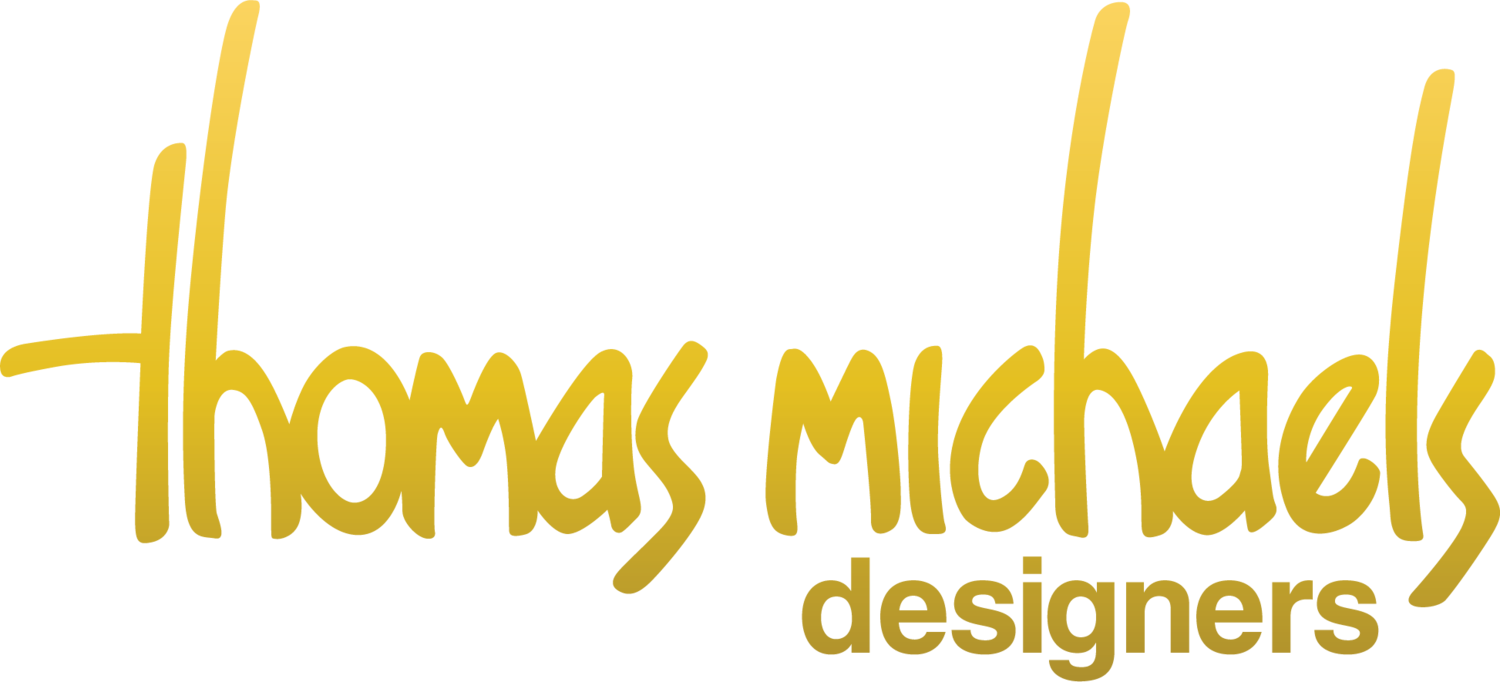Diamond FAQ
What is a diamond?
Chemically, a diamond is one of the world's simplest gemstones, as it is composed of the single element carbon. When carbon is subjected to extreme heat and pressure, it forms an octahedron molecule that becomes translucent and colorless. A diamond is a mass of these crystallized carbon molecules. Most diamonds were formed by heat and pressure in the earth's core more than 70 million years ago and were brought to the surface by volcanic eruptions.
On the Mohs scale of relative mineral hardness, diamonds are a 10 (the hardest). Each diamond, like each snowflake or human fingerprint, is different from any other. Because they are formed in nature and cut by man, each stone possesses its own unique characteristics.
Where do diamonds come from?
Diamonds are found in many parts of the world, including Russia, Australia, Botswana, Namibia, Zaire, Angola, Sierra Leone and Brazil. Closer to home, and of great significance to Americans, are newer sources in Canada, which yield exceptional quality diamonds, and there are also mines in the state of Arkansas, where visitors can actually prospect for diamonds.
What is the most popular shape for a diamond?
By far the most popular shape for a diamond is the round brilliant. The traditional brilliant cut, developed by Marcel Tolkowsky in 1919, consists of a crown at the top, a girdle at the widest part and a pavilion at the base. The 58-facet cut of the round brilliant is based on a precise formula of mathematical proportions and is believed to provide the maximum fire, brilliance and beauty.
What are the three top-selling engagement ring styles?
The single-stone solitaire; a three-stone ring with a larger center stone and matched side stones; and a multi-stone design with a center diamond accented by several smaller diamonds.
What is a diamond certificate?
A certificate is a name that has evolved from a diamond grading report. A diamond certificate is a written description and evaluation by a respected gemological laboratory of your diamond, including its size, shape, cut, quality, finish and individual characteristics. Professional gemologists using advanced equipment do the grading.
The gem lab certificate is important for evaluating and identifying the characteristics that are unique to your diamond; however, it is not an appraisal and does not value the stone. There are a number of qualified laboratories that issue certificates, including the Gemological Institute of America (GIA), the American Gem Society (AGS), the Diamond High Council of Belgium (HRD), the International Gemological Institute (IGI) and the European Gem Laboratory (EGL).
What is an appraisal?
An appraisal is a valuation of your diamond prepared by a trained professional. It states the approximate retail cost of replacement for a diamond using market data that reflects current prices. If the appraisal is for a piece of jewelry, it includes the weight, cut, color and clarity of the stones, the type and weight of precious metal and the quality of workmanship on the piece. Appraisers are not required to be licensed, so it is important to select a certified appraiser from a reputable association, such as the American Society of Appraisers, the International Society of Appraisers, or the National Association of Jewelry Appraisers.
How much should I spend on an engagement ring?
As you no doubt know, this is a tough question that only you can answer. DeBeers' suggestion that the cost be equal to two months' of the buyer's salary is the prevailing guideline, but remember: it is just that - a guideline, not a rule. Your income, your values and her taste/style may dictate a different formula.
Our advice is not to limit yourself to a fixed number. Instead, consider a price range. Make it your goal to find the best quality diamond at the best price, but don't let price be your only guide. Diamonds are graded by cut, color, clarity and carat. Look at several different diamonds of varying qualities to decide which of the "four C's" is most important to you.
